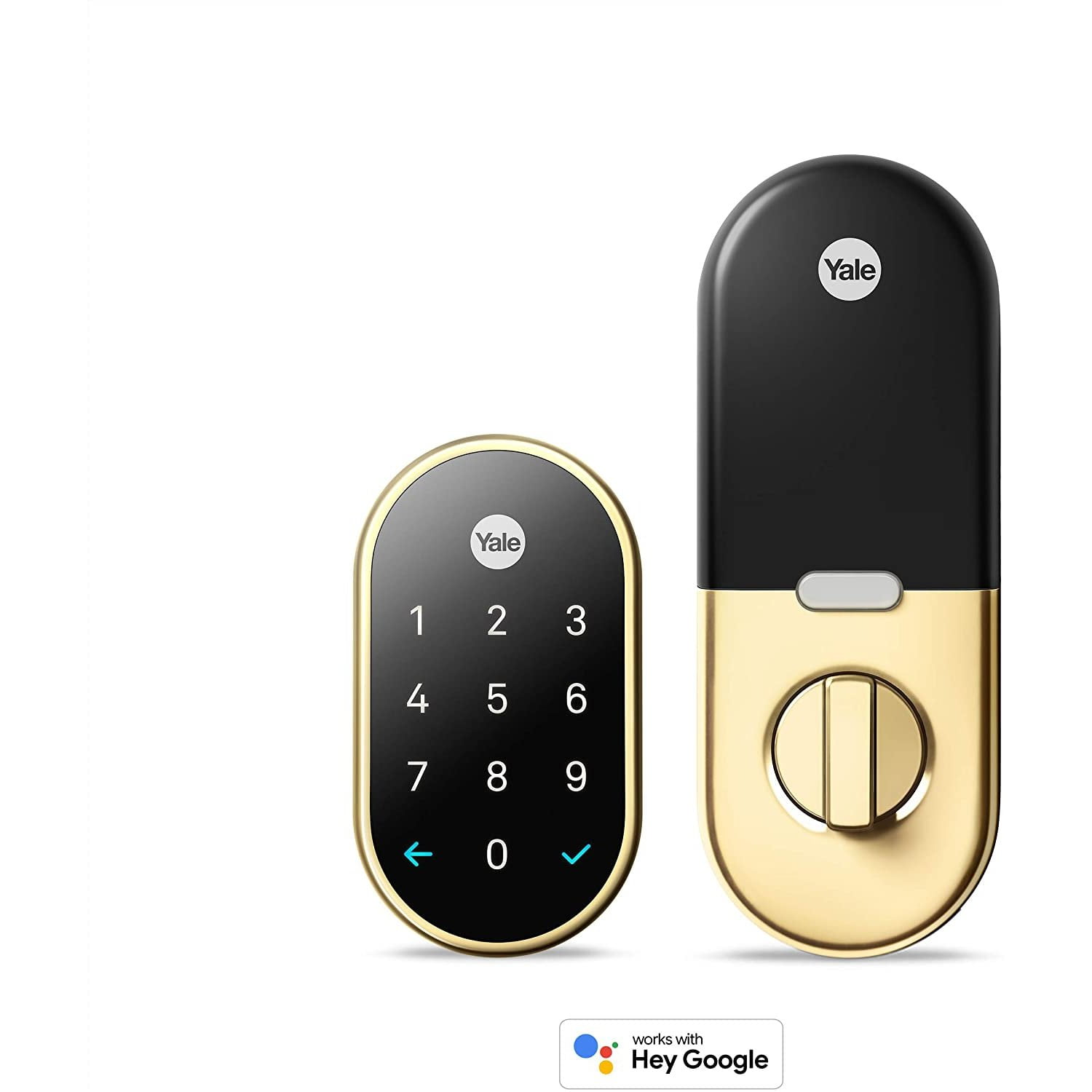

- #Connect keywe smart lock to google home full#
- #Connect keywe smart lock to google home android#
- #Connect keywe smart lock to google home code#
- #Connect keywe smart lock to google home Bluetooth#
How many properties do you have? No Problem. Now, the KeyWe app can manage multiple properties. My house, my parents’ home, and the office - simply control multiple door locks with one app. When you touch your door lock with your hand, it unlocks. The door lock unlocks automatically when you approach the door lock with your smartphone based on the location tracking system.įeel unsafe with your door opening automatically? Try the 'Magic Touch' option. You can check the record of who has entered the house and when for the past two months. The safety of your home starts at your door. (Some Lock types offer more features than others. Get push notifications when your family gets home. Not only is it easy to invite, but very useful to manage your guests.

When you have the KeyWe lock and app, it’s super easy to invite your guest on Airbnb.
#Connect keywe smart lock to google home code#
You got a delivery coming but you can’t be at home? Just send a Pin Code valid for only 5 minutes from the One Tap Invite. You can set up a date and time as you wish. Use the app to easily invite your family, friends, and guests. If it is not a KeyWe original Lock with KeyWe logo, the new app will not support it. Important: This App supports KeyWe original locks only. With the KeyWe smart system, you are always in control of your door.
#Connect keywe smart lock to google home full#
As the mechanical part is dependent on the servomechanisms steering the locking mechanism, this results in a full compromise as well.Control your door lock from your Smartphone. In the unlikely scenario of the device not being registered at all (utilising only the mechanical lock), a malicious actor is able to hijack the lock and operate it without any additional interaction. Moreover, the EKEY value is saved online rendering changing the mobile device insufficient to overcome such an attack. This is possible as long as the original application is registered to the device. Once the EKEY value is retrieved, the attacker can perform any actions a legitimate user is able to. Traffic interception can be performed at a relatively low cost as well, as - for example - the nRF51822 chip able to sniff BLE communication can be bought at ~5$. Thus, as long as the malicious attacker is in the effective range of around 15 meters, the traffic can be intercepted and decrypted similarly to the description provided above.
#Connect keywe smart lock to google home android#
from the Android library - and reverse engineered at a relatively low cost. The whole solution, however, can be targeted by a determined attacker that can - and will - overcome such protections regardless of their number and/or quality.Ī technical blog post detailing this vulnerability and other features of the lock has been published here.Īlthough the door/key generation is based on a custom algorithm, it can be retrieved - i.e. It should be noted that the application utilises obfuscation and root detection to protect users from threats targeting their devices. Secondly, the key generation process can be retrieved from the mobile application.
#Connect keywe smart lock to google home Bluetooth#
Firstly - the common key is created based on the device bluetooth MAC address available globally, making it trivial to decrypt the first stage of the negotiation.

The KeyWe smart lock suffers from multiple design flaws resulting in an unauthenticated - potentially malicious - actor being able to intercept and decrypt traffic coming from a legitimate user.


 0 kommentar(er)
0 kommentar(er)
